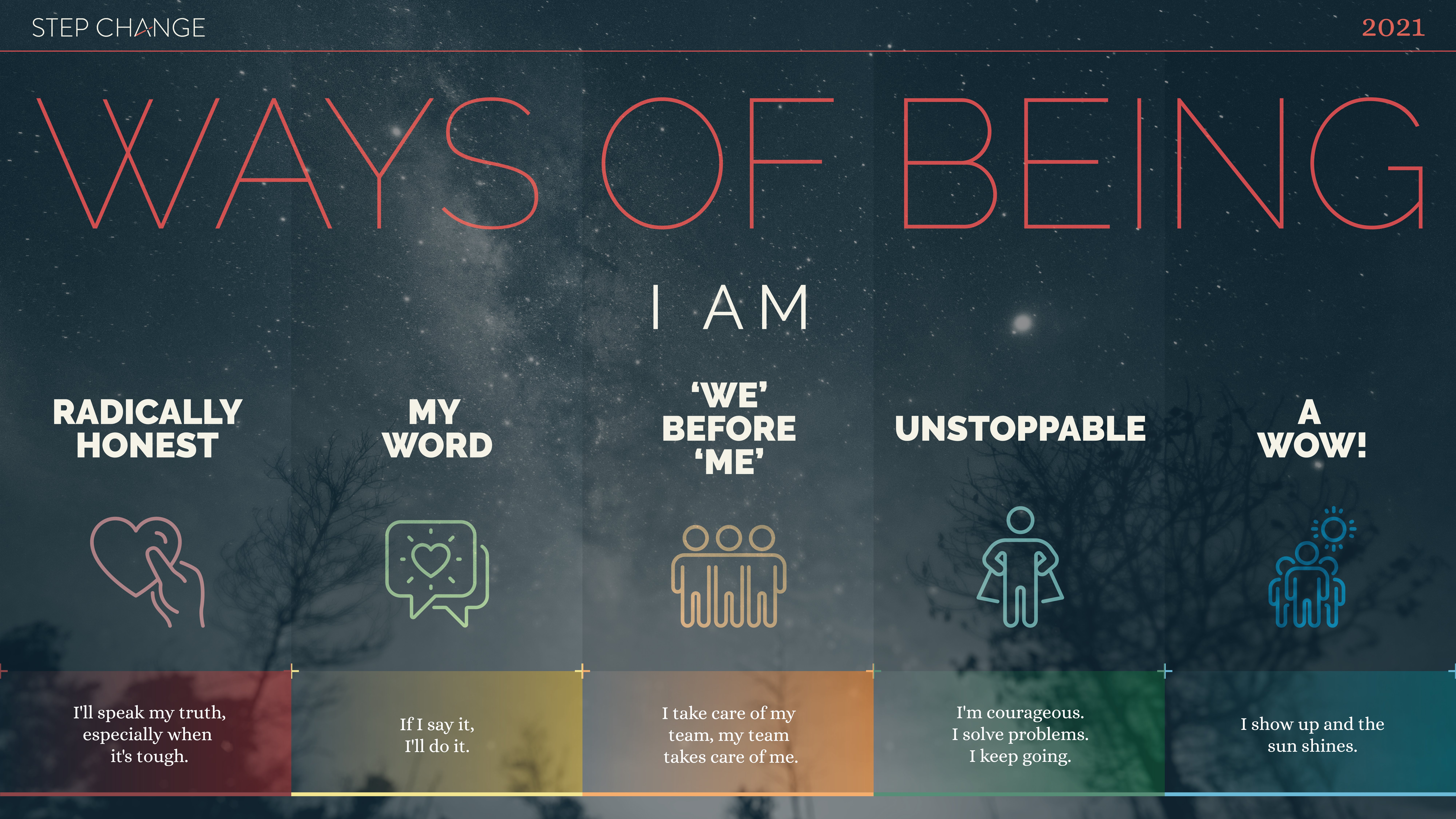How much of what you read do you actually learn?
How much of that knowledge have you internalised and made useful in your life?
Chances are, it’s a lot less than it could be.
Acquiring information and synthesising it into something useful is a valuable asset. In fact, the ability to transform the wisdom found in books into something practical and useful unlocks a world of learning and development.
But how do you move from passive to active reading?
How do you ensure you not only remember what you read but also apply it in your personal and professional life?
In this two-part series (based on an interview with Step Change CEO, Ashton Bishop) we explore the theory behind applying what you learn and take a look at how you can put your own system into place. Part one looks at the theory behind it, and part two dives deeper into the particular method that Ashton uses to recall information and, more importantly, put it to use.
Understanding How the Mind Works
To better retain information, it helps to first understand how memory works.
It’s not like a camera or a computer. Rather, memories are assembled and recalled in different components and parts. Understanding how they form helps you take conscious steps to retain more of what you learn and have it available when you need it.
Memories are formed based on three criteria:
1. Strength of connection to other information
No memory exists in isolation; it is part of a network of other memories and thoughts. The stronger the relationship between these elements, the more likely you are to remember something.
2. Intensity of engagement
When encoding your memories, the hippocampus (the area of your brain responsible for encoding and storing memories) will prioritise those with a strong emotional connection. That means the more intense an emotion associated with a memory, the more likely you are to remember it.
3. Frequency of recall
Lastly, the more you engage with a memory, the more available it becomes. This is why active and regular recall is key to truly internalising what you learn.
Now let’s take a deeper look at how you can apply this to your learning.
Passive to Active: Read with Intent
Knowing what we know about how memories are formed helps us read in such a way that aids retention. Here are four key principles that will help you remember more of what you learn.
1. Make the book yours
When you read to learn, your relationship with a book changes. You are no longer just passively reading the author’s thoughts; rather you’re actively engaging with them, contemplating them, challenging them, and connecting them to your own life.
We remember more readily that which is connected to other pieces of information. So when reading, the more you can actively connect concepts and theories to your own life, the better you will remember it.
To do that, it’s time to get the pen out.Underline sections, fold pages, write in the margins, take notes, and document your thoughts as you read. As you take notes, make sure you use your own words and rewrite it in a way that makes sense to you. This helps build the ever-important connections that are key to retaining information.
Ultimately, whether you use physical, digital, or audio books, you must fundamentally change your relationship with the book from one of passive to active engagement.
2. Look for connections
But what are you engaging with? The key principle is to find that which is relevant to you and connect that information to your own life.
To do so, it helps to understand which concepts are important to you. Why are you reading the book in the first place? Getting clear about the themes and concepts important to you helps you get the most out of what you read. It acts as a lens that helps identify what is useful and what is not.
For Ashton, he has six broad categories through which he filters his reading, which align with the Big 6 Challenges businesses face. Clarity on these categories helps make those connections, which improve information retention and also build an arsenal of reference material he can put to use.
3. Use it or lose it
It’s one thing to remember information; it’s another thing entirely to apply it. But application is where the real benefit lies.
When you find relevant and useful information, talk about it! Use it in conversations soon after you learn it. Multiple times. Frequency of recall helps cement those neural connections in your brain so that the information will be far more readily available when you need it.
This crucial step turns knowledge into something practical and useful and can’t be overlooked.
4. The details are everything
Which is more convincing?
- “I was reading this book the other day, and it talked about the interesting way people make decisions in high-stress situations.”
- “In Gary Klein’s book Sources of Power, he explains the interesting way firemen make decisions in high-stress situations using a model called Recognition Primed Decision Making.”
Details are powerful credibility builders, and it can’t be overlooked. When capturing and recalling information, it’s critical to include the details. Whether it’s a quote, concept, model, or case study, attributing details drastically increase the perceived credibility of the information. Simply put, vague, wishy-washy statements don’t have the same impact.
By applying these basic principles to your reading, you will dramatically improve your ability to retain and recall information that you can apply in your daily life.
For a comprehensive look at how to build your learning system and more detail on the above principles, check out part two.
For more relevant insights for leaders and marketers, subscribe to the Step Change Blog.
 Adrian Stewart is a Senior Strategy Exec at Step Change. With over ten years’ experience in the world of marketing, he’s covered a range of roles in sales, account management, training, strategy, and copywriting. He’s worked with all manner of big global brands, small businesses, and startups.
Adrian Stewart is a Senior Strategy Exec at Step Change. With over ten years’ experience in the world of marketing, he’s covered a range of roles in sales, account management, training, strategy, and copywriting. He’s worked with all manner of big global brands, small businesses, and startups.











![Top 10 Articles C-Suites Read in the Step Change Blog [2019 Edition]](https://blog.hellostepchange.com/hubfs/step-change-top-10-articles-2019.001.jpeg)



